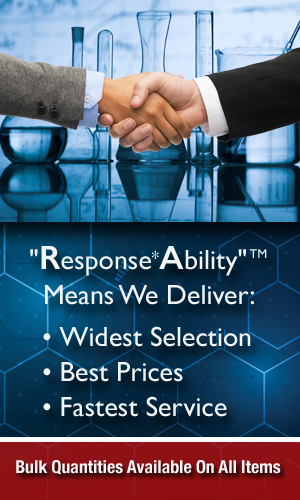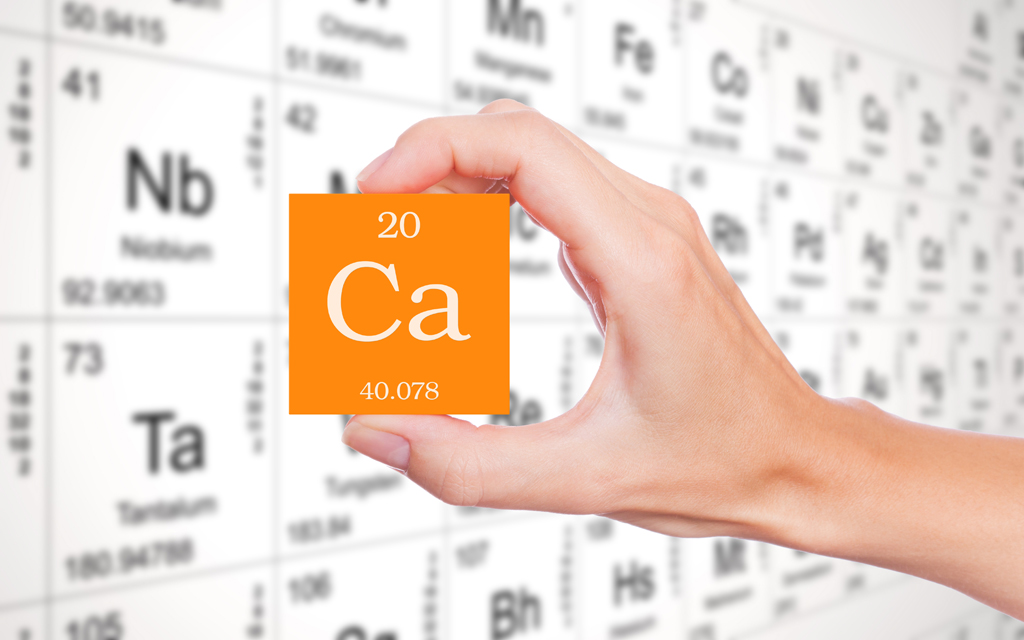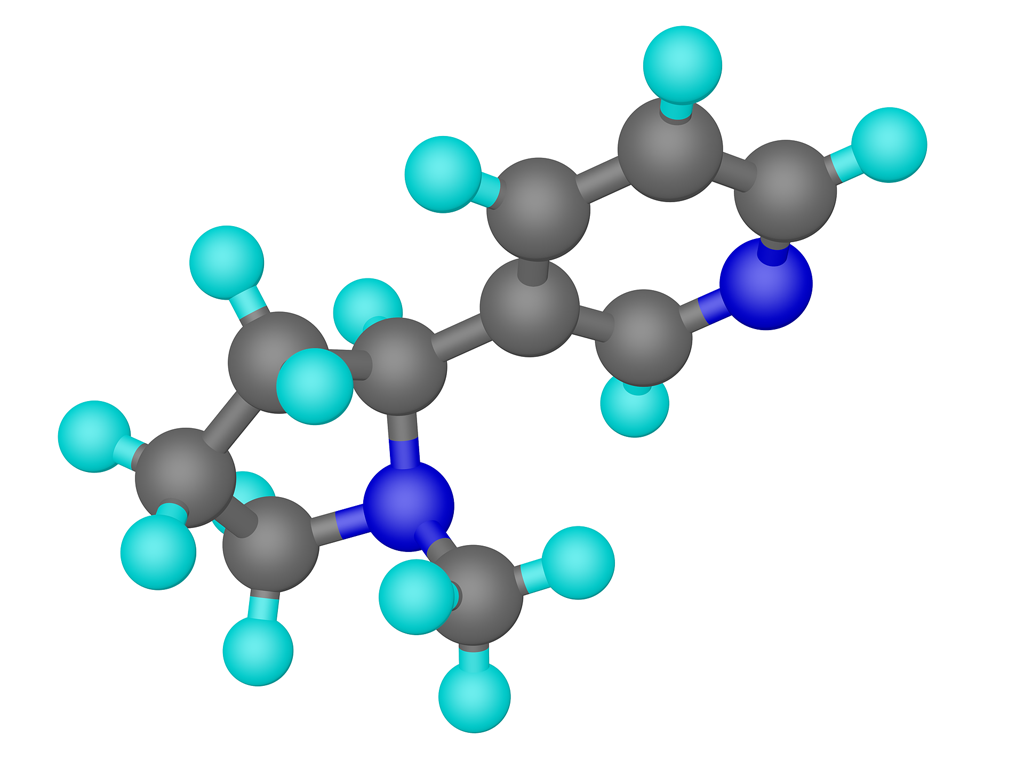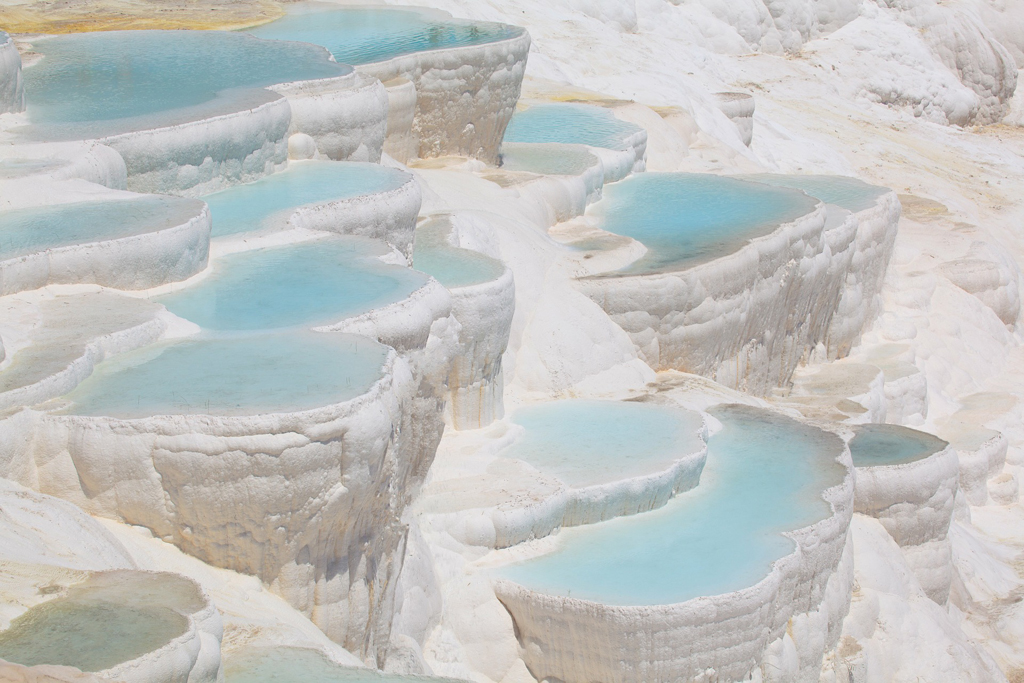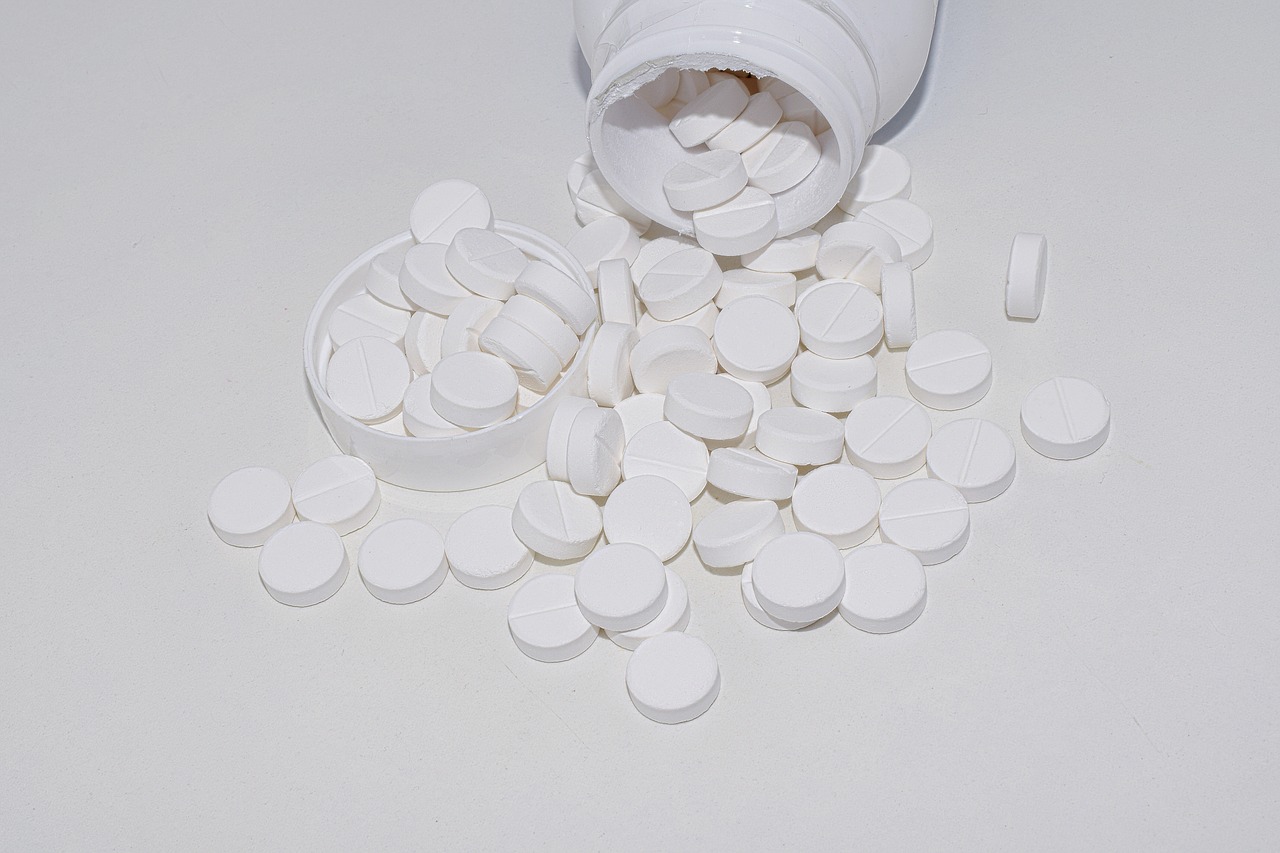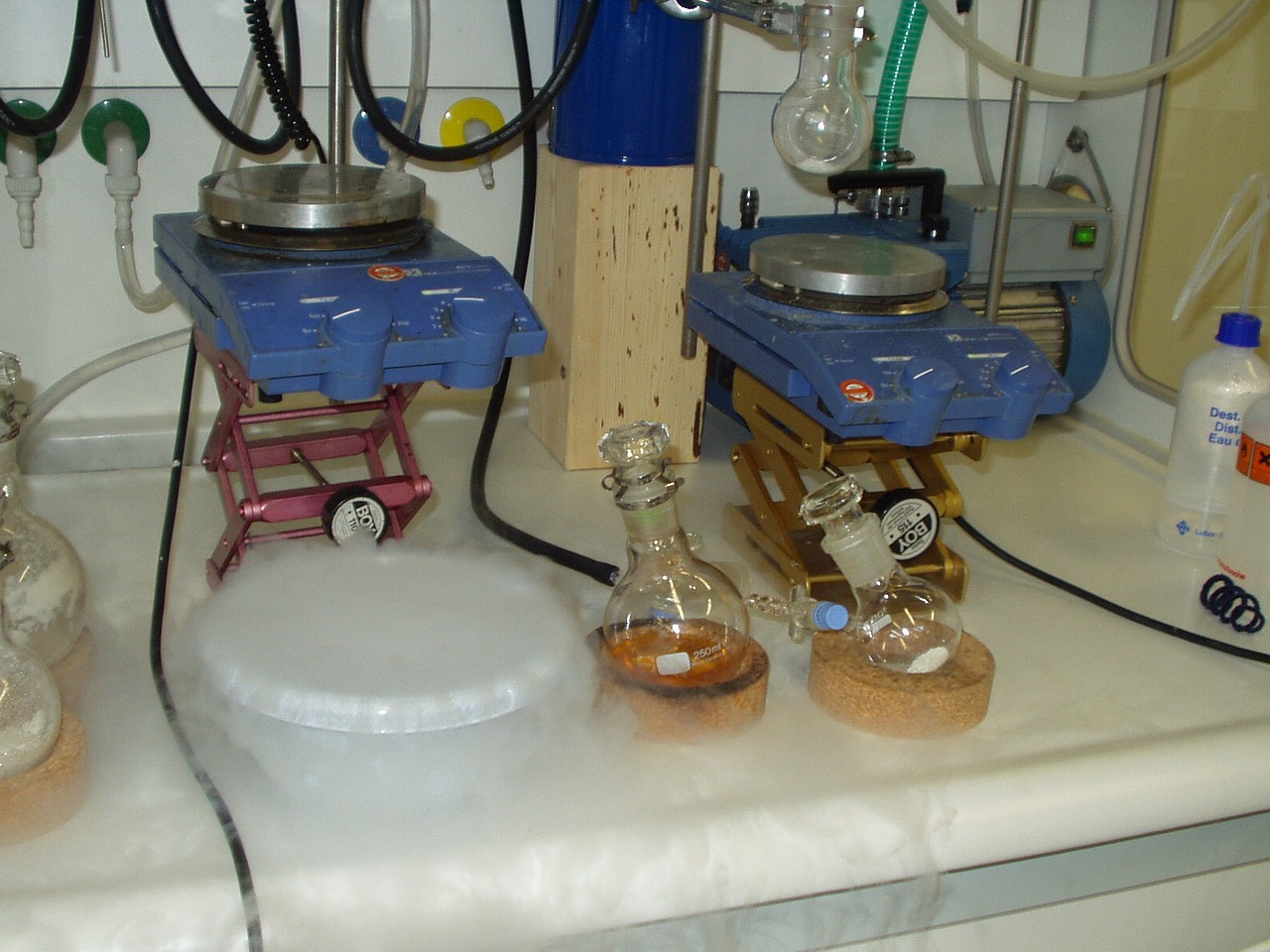What is Cupric Oxide?
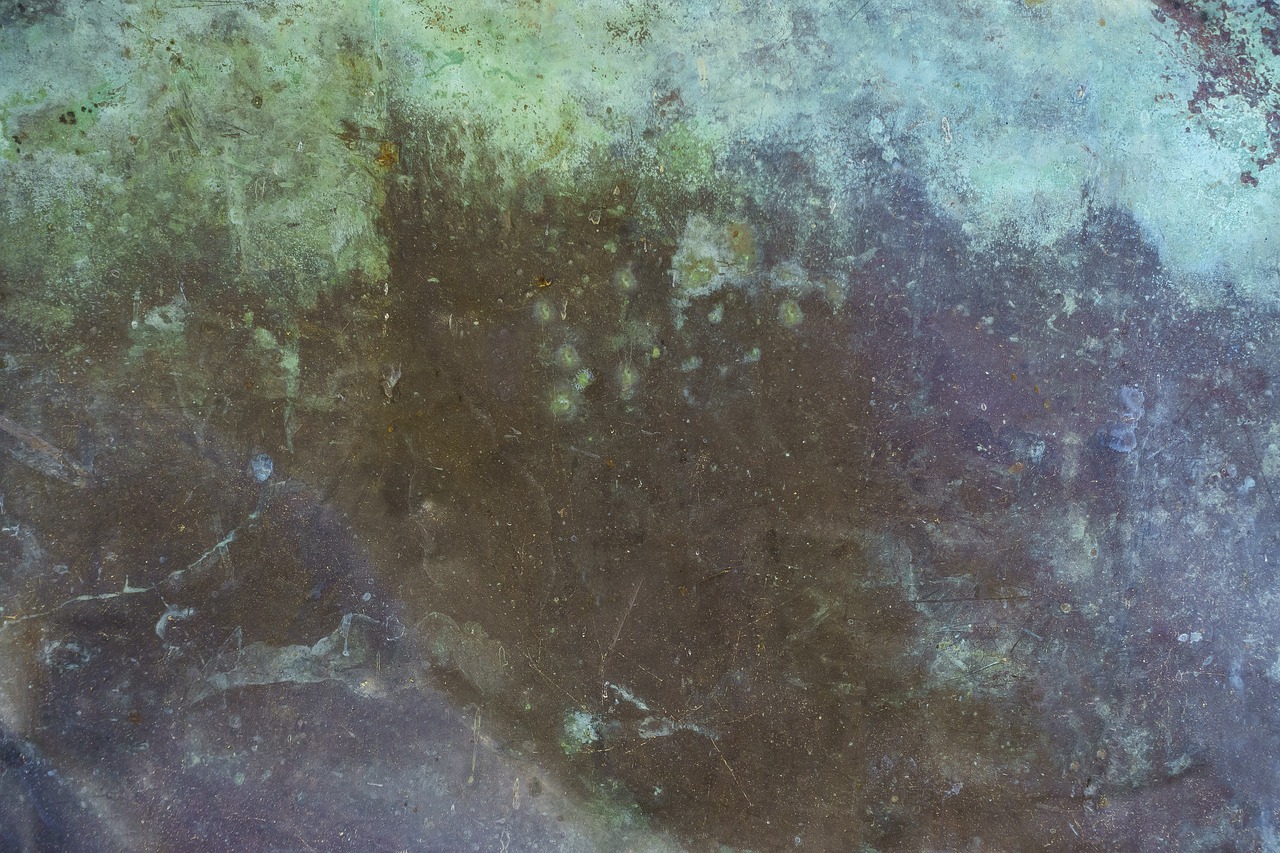
What is Cupric Oxide?
Posted By City Chemical On Tuesday, 07 September 2021
Cupric oxide (CuO) is a widely used antimicrobial surface coating for various materials, including metals and glass. Cupric oxide is also used in the production of solar cells and LEDs, and is reportedly the most common antimicrobial used in food production, since it is found in many foods and beverages, including beer, wine, cheese, and mayonnaise. Cupric oxide is also used to make antiperspirants, disinfectants, and cat litter, and is found in some pharmaceuticals.
Cupric oxide is a naturally occurring substance. While cupric oxide is found in a wide variety of minerals, such as molybdenum and tungsten, it is not usually found in its pure form. Most cupric oxide is produced by the reaction of cupric and oxygen. Cupric oxide is found most commonly as a metal hydroxide, known as hydrated cupric oxide (HCOOOH), or a red powder. Cupric oxide is known as a reducing agent for iron, copper, and silver, and it irreversibly binds oxygen with iron. Cupric oxide is also used in the production of hydrogen peroxide, and as a component in multiple pharmaceutical and agricultural compounds.
Cupric Oxide, or CuO, is a highly valuable compound used for many industrial and commercial purposes, including: glazing glass, electroplating, catalysts, the production of dyes and pigments, and more. It is also a common additive to water and other household products such as laundry detergent and toothpaste. CuO is also used in the production of jewelry, photography, and jewelry making.
There are many uses for Cupric Oxide, from its ability to absorb arsenic in water, to its use in industrial and household products like water softeners, cleaners and antimicrobial agents.
Cupric oxide is a naturally occurring mineral found in soil. It can also be synthetically produced from cupric sulfate. Cupric oxide is a yellow-orange solid that is used in a variety of applications such as in aerogels for fireproofing, in lubricating oils for piston rings, and in electronics as a strain-relief agent.
Cupric Oxide is an inorganic compound of the chemical element cupric. It is a free-flowing powder that is most commonly used as the alloying agent in copper alloys, e.g., bronze. Cupric Oxide is found in nature in a number of minerals, such as Cupric Sulfate, Cupric Carbonate and Cupric Chloride. Cupric Oxide is one of the few inorganic compounds studied in the enology industry.
Cupric oxide (CuO) is one of the most useful compounds in the world. It is a versatile material that is used in a wide range of everyday products, from paper to plastics to solder. Its qualities make it ideal for a wide range of applications, but its popularity and its price make it a target for counterfeiters.
Cupric Oxide is the chemical compound with the formula Cu2O. It has a very high atomic number of 72, making it one of the lighter rare earth metals. Cupric Oxide is often found in nature as the mineral known as Crushed Cuprite, which is a mixture of CuO with various amounts of Cr (Cr2O3). Cupric Oxide has only one electron in its outer shell, making it an electropositive metal. It also has an oxidation state of +2, which means that it can be found in a variety of minerals with different oxidation states, such as the silicate mineral known as aegirine. Cupric Oxide is a common component found in many ores and minerals.
Cupric oxide is a naturally occurring compound formed by the chemical reaction between cupric ions and oxygen
Cupric Oxide is a chemical that can be used in many applications, from home appliances to medical devices. The chemical can be found in batteries, LEDs, solar panels, and many more products. Cupric Oxide is a low cost, high efficiency, and environmentally friendly material.
Cupric oxide has been used in the fireworks industry for many years as a key ingredient in fireworks sparks, smoke, and pyrotechnic color. Cupric oxide is a compound that is produced by the reaction of copper with oxygen, and has been used in fireworks as a spark ingredient since the late 1800s. Cupric oxide is an important ingredient in many fireworks formulations, as it increases the brightness of the firework spark, and can increase the amount of oxygen logarithmically.
Cupric Oxide is a chemical compound with the formula CuO, which is used as a firework propellant. It is a yellow-orange, corrosive, toxic, and corrosive compound with a metallic iron-like odor. It forms a soluble salt, Cupric Oxide (CuO. 2H2O). It is available in a white, crystalline form, with a metallic taste. It has a melting point of 363.2 °C and a boiling point of 839 °C. It is a non-corrosive and non-toxic element, and is found in very small quantities in the Earth's crust, in high concentrations in oceanic crust, and is also found in some meteorites.
Cupric Oxide (Cu2O) is a very common metal, and generally not toxic. Cupric Oxide is used in the production of steel, tin, and other metals. Cupric Oxide can be found in the following forms: (1) Pure, (2) Metal, (3) Oxide, and (4) Hydroxide. It is also found in (5) Secondary Forms and (6) Tertiary Forms. Cupric Oxide is also a catalyst. Cu2O is an ingredient in (7) Pure Copper and (8) Other Copper Compounds.
While the chemical industry is mostly based around the world's most popular and important raw materials, the world of chemicals is a little less well-known. Because it is so important, though, the chemical industry has developed many different product lines to supply the needs of both the consumer and the industry. Cupric Oxide, for example, is a key ingredient in many industrial chemical industries, and plays a role in the production of stain-resistant, waterproof, and heat-resistant synthetic fabrics.
A quick side note: I am not a chemist, nor do I play one on TV. I'm just a guy who writes about household chemicals. I have never worked with any of the following chemicals, but I will try to describe them as accurately as I can.
Cupric Oxide is an electrolyte that is found in trace amounts in our bodies, but is commonly used in the food industry as a stabilizer and antioxidant. When it is used in food, it is most commonly in the form of a salt, but is also sold in crystals and powders. Cupric Oxide crystals are often used to stabilize emulsions, which are used in food products like salad dressings, spreads, and ice creams. Cupric Oxide powders are typically used in baking as a leavening agent or for pickling vegetables.
Cupric oxide (or CuO in short) is a chemical compound that is used as an inorganic pigment, especially for white pigments. It is a white form of copper oxide with a greenish tinge. It is insoluble in water and is used as a pigment in paints, glazes, and ceramic glazes (though it is less used in ceramic glazes than in paints nowadays). It is also used as an electrode material in dry electrodes.
Cupric oxide (CuO) is a common oleoresin that is found in foods such as cereal grains, nuts, fruits and vegetables. It is also used in pharmaceutical applications such as antacids, antiperspirants, as a flame retardant and as a biocide. The most common uses for cupric oxide are in the production of fertilizer and pharmaceuticals, however, it is also used in the production of steel, plastics, paper, paints, and carpets.
Cupric Oxide is a chemical that has been used for many years in a variety of different products. Nonetheless, it was only recently that such an article was published in a peer-reviewed journal by the International Agency for Research on Cancer (IARC). IARC has been widely criticized by scientists as a politically motivated organization, and by many people alike. It is extremely important for everyone to have a basic understanding of what IARC is, and what it is truly capable of doing.
I did not know anything about cupric oxide before I started working with this compound. Cupric oxide, CuO, is actually quite common. It is a naturally occurring mineral that has been used in hundreds of thousands of products over the years. The stuff is everywhere. It's even in the air that you breathe.
Cupric oxide is a mineral and as such has been used in all kinds of things. It has been used in the past as a pigment for paints, in dyes for fabrics, in dye for food items, in paper & wood finishes, and in printing ink. It has been used in wood stain, wood preservatives, cosmetics, and even as a water purifier.
City Chemical LLC sells Cupric Oxide in bulk quantities. Visit https://www.citychemical.com/cupric-oxide.html to learn more and place order.

